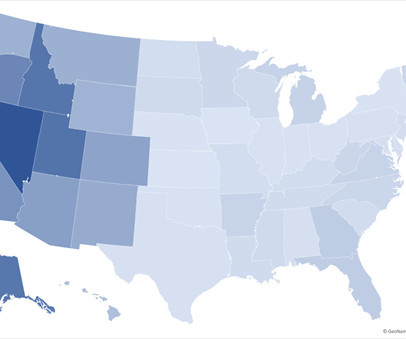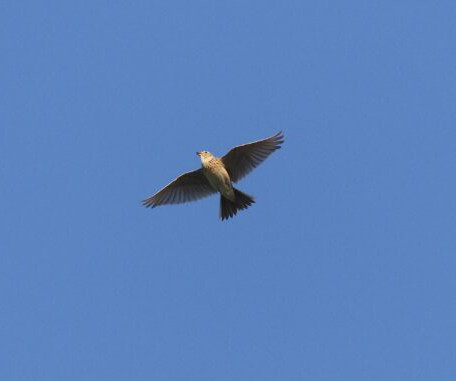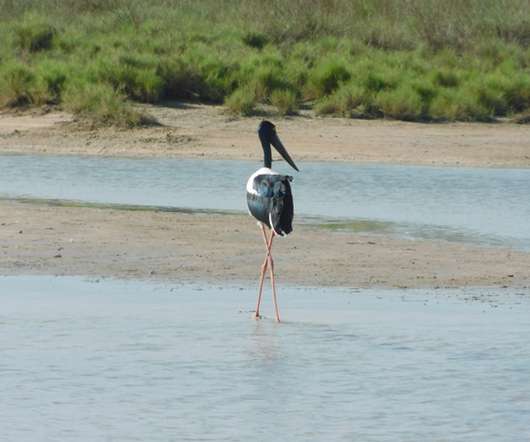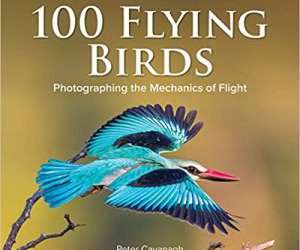A Birder’s Guide to U.S. Federal Public Lands
10,000 Birds
MARCH 5, 2024
These lands support countless birds, either year-round, as migratory stopovers, or as breeding grounds. BLM land is particularly important for conservation of the Greater Sage-Grouse and other sageland species. For example, most of the world’s Black-footed and Laysan Albatross and Ashy Storm-Petrel breed on these islands.




























Let's personalize your content